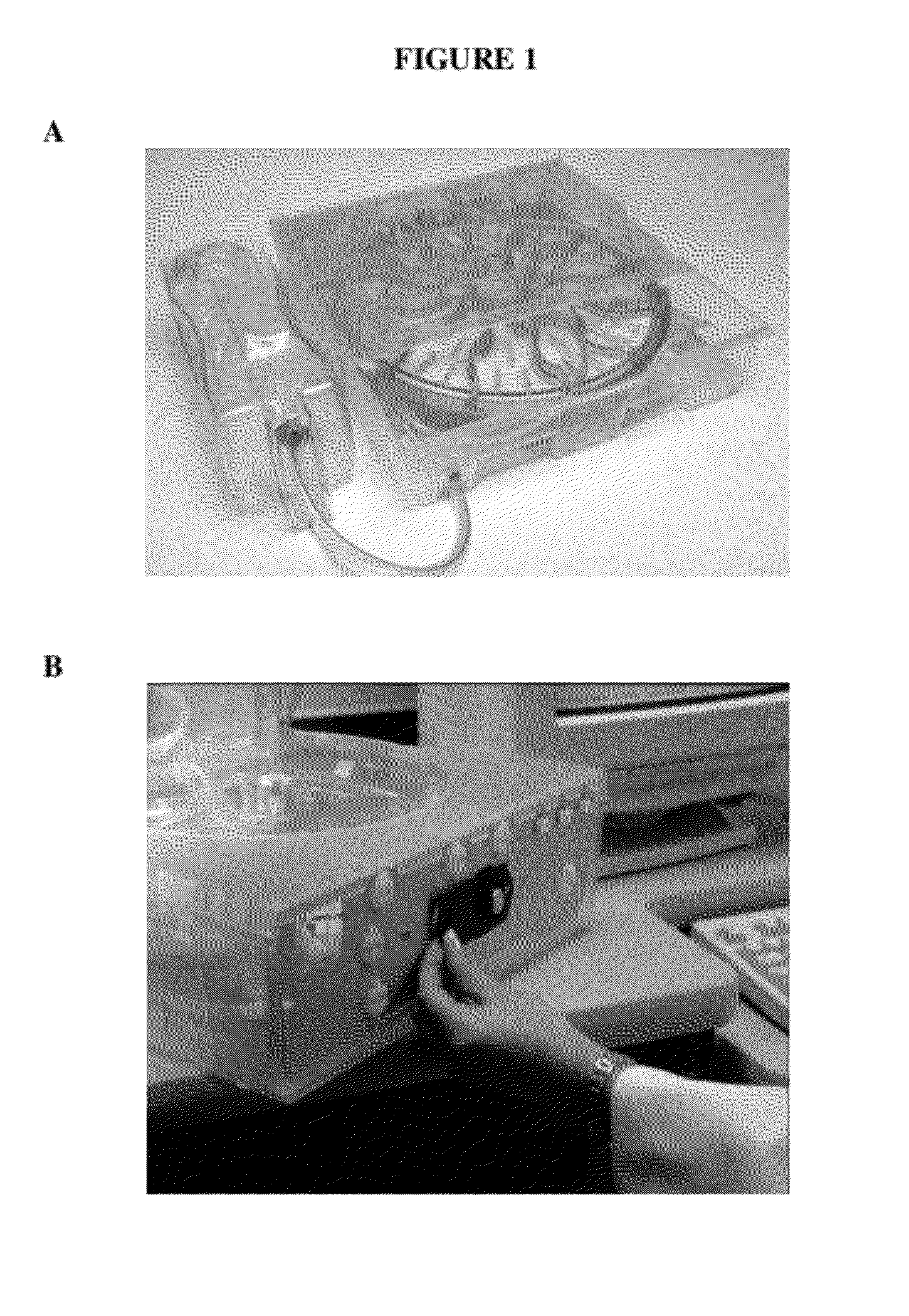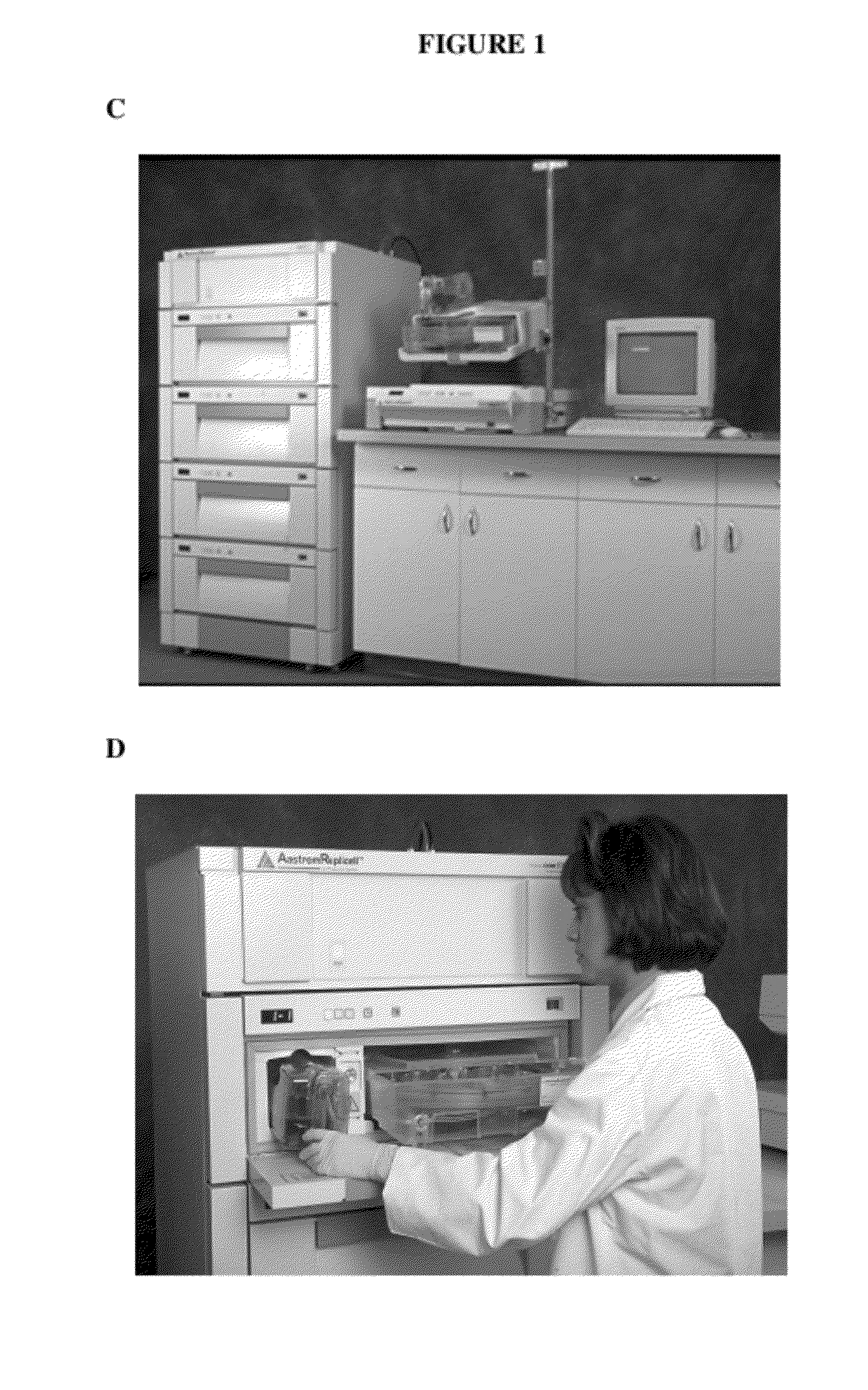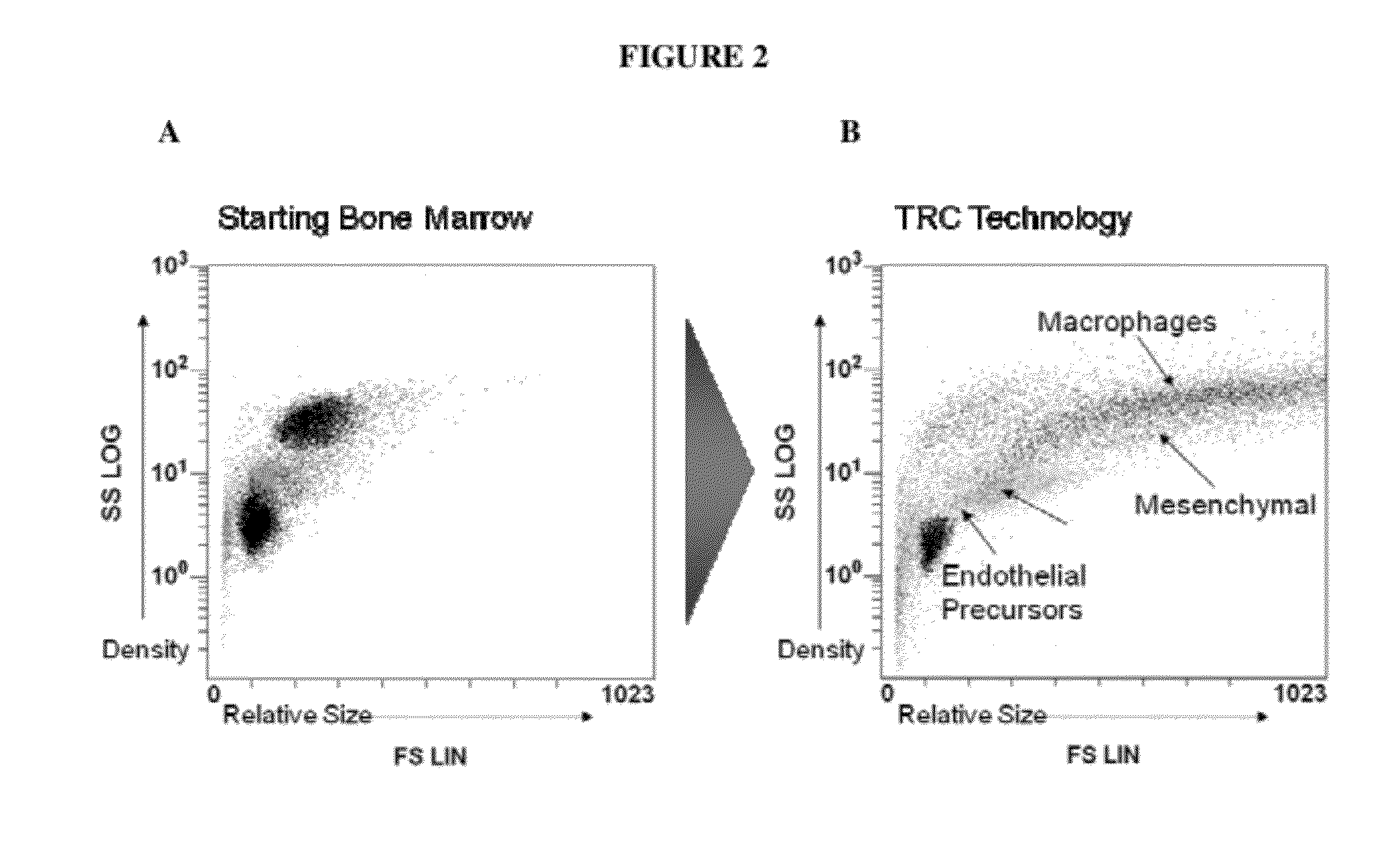Compositions and methods of treating no-option critical limb ischemia (CLI)
a critical limb and cell technology, applied in the field of mixed cell population compositions, can solve the problems of reducing the clinical value of esc derived tissues, affecting the quality of life of patients, and affecting the ability of recipients to respond to new biological materials, so as to improve mobility, improve quality of life, and improve the effect of quality of li
- Summary
- Abstract
- Description
- Claims
- Application Information
AI Technical Summary
Benefits of technology
Problems solved by technology
Method used
Image
Examples
example 1
Design and Methods for Trial of Expanded Autologous Bone Marrow Treatment in Patients With No-Option Critical Limb Ischemia (CLI)
[0140]To determine the safety and efficacy of intramuscular injection of expanded autologous bone marrow cells (the treatment, also known as “ixmyelocel-T”) in patients with “no-option” critical limb ischemia, a randomized, placebo-controlled, double-blind multi-center phase II clinical trial was launched, which is otherwise known as the RESTORE-CLI trial. Patients who did not receive the ixmyelocel-T treatment were given a placebo control that contained electrolyte solution only.
[0141]The primary objective of this study was to determine if ixmyelocel-T can be used safely for restoring peripheral blood flow affected by CLI, using patients with no acceptable alternative to revascularization. The primary endpoints of the study were adverse events (AEs).
[0142]The secondary objective of this study was to investigate the efficacy of ixmyelocel-T in treating CLI...
example 2
Results of Trial of Expanded Autologous Bone Marrow Treatment in Patients With No-Option Critical Limb Ischemia (CLI) Patient Enrollment and Characteristics
[0169]The disposition of the 46 patients who were included in the first interim analysis in the 6-month population is shown in Tables 9A, 9B, 10A and 10B. There were 7 treatment group withdrawals due to withdrawal of consent (1 patient), death (1 patient), not returning to clinic for mandated assessments (3 patients), loss to follow-up (1 patient), and amputation of the injected leg (1 patient; this was not a protocol allowable reason for withdrawal). In the control group the 1 withdrawal was due to death. All patients who withdrew were included in all efficacy analyses. Five of the seven withdrawals in the treatment group occurred after the 6 month time point. At this time point, reasons for patient withdrawal and outcomes are shown in Table 10A. Baseline characteristics for the 72 patients included in the final database analysi...
PUM
 Login to View More
Login to View More Abstract
Description
Claims
Application Information
 Login to View More
Login to View More - R&D
- Intellectual Property
- Life Sciences
- Materials
- Tech Scout
- Unparalleled Data Quality
- Higher Quality Content
- 60% Fewer Hallucinations
Browse by: Latest US Patents, China's latest patents, Technical Efficacy Thesaurus, Application Domain, Technology Topic, Popular Technical Reports.
© 2025 PatSnap. All rights reserved.Legal|Privacy policy|Modern Slavery Act Transparency Statement|Sitemap|About US| Contact US: help@patsnap.com



